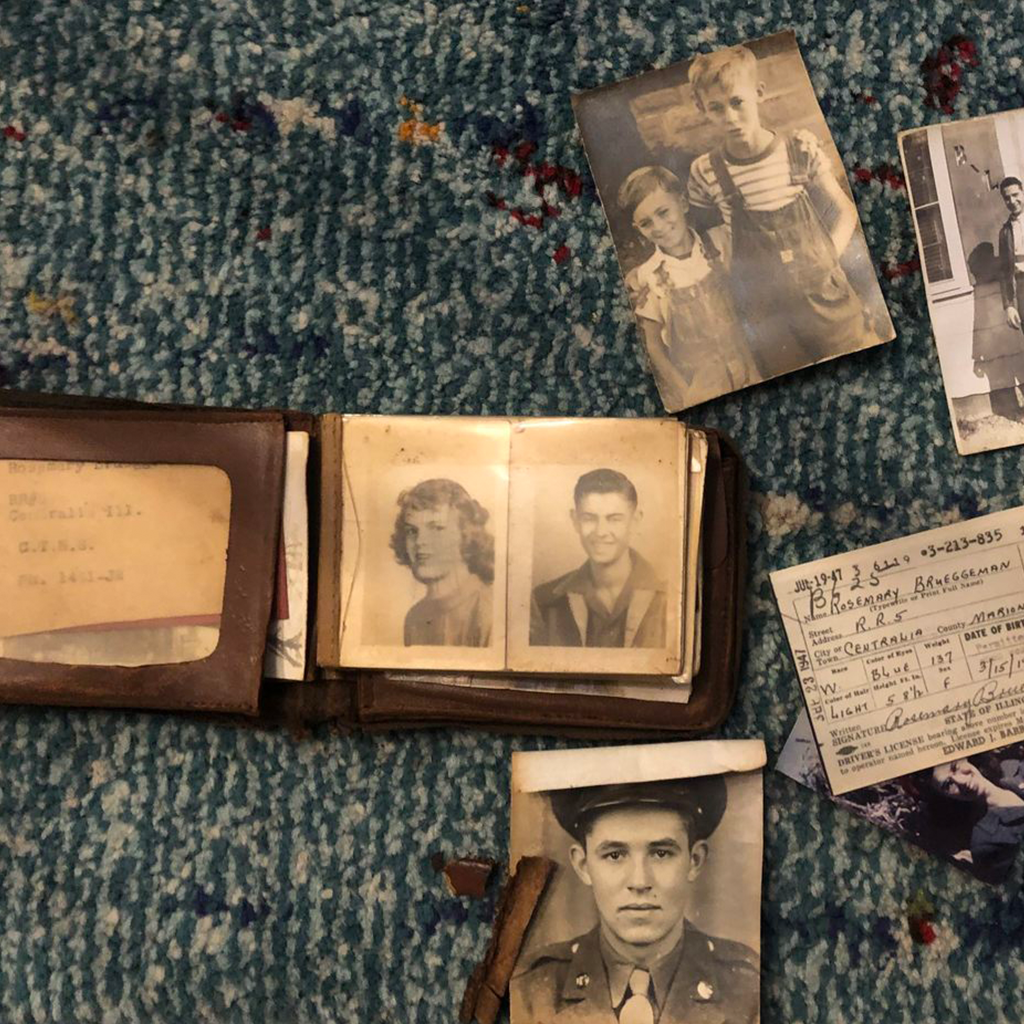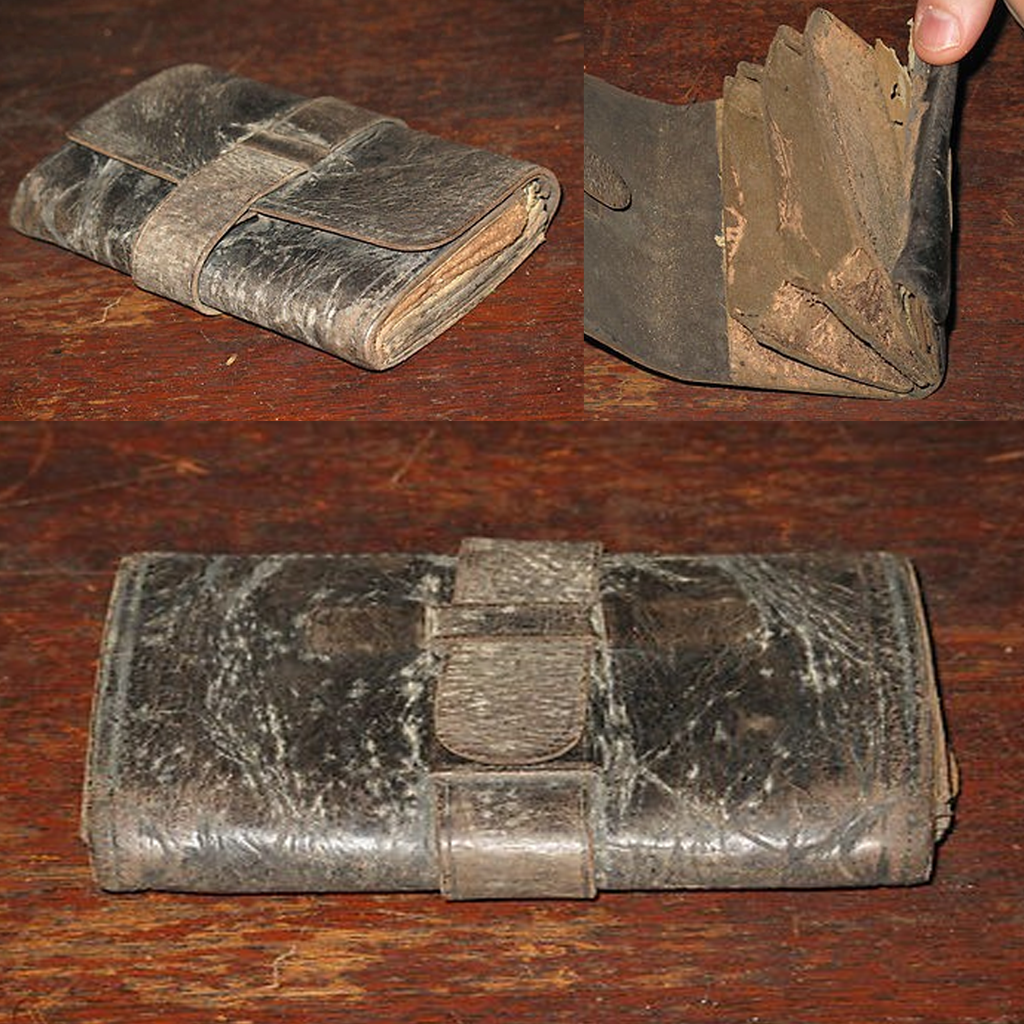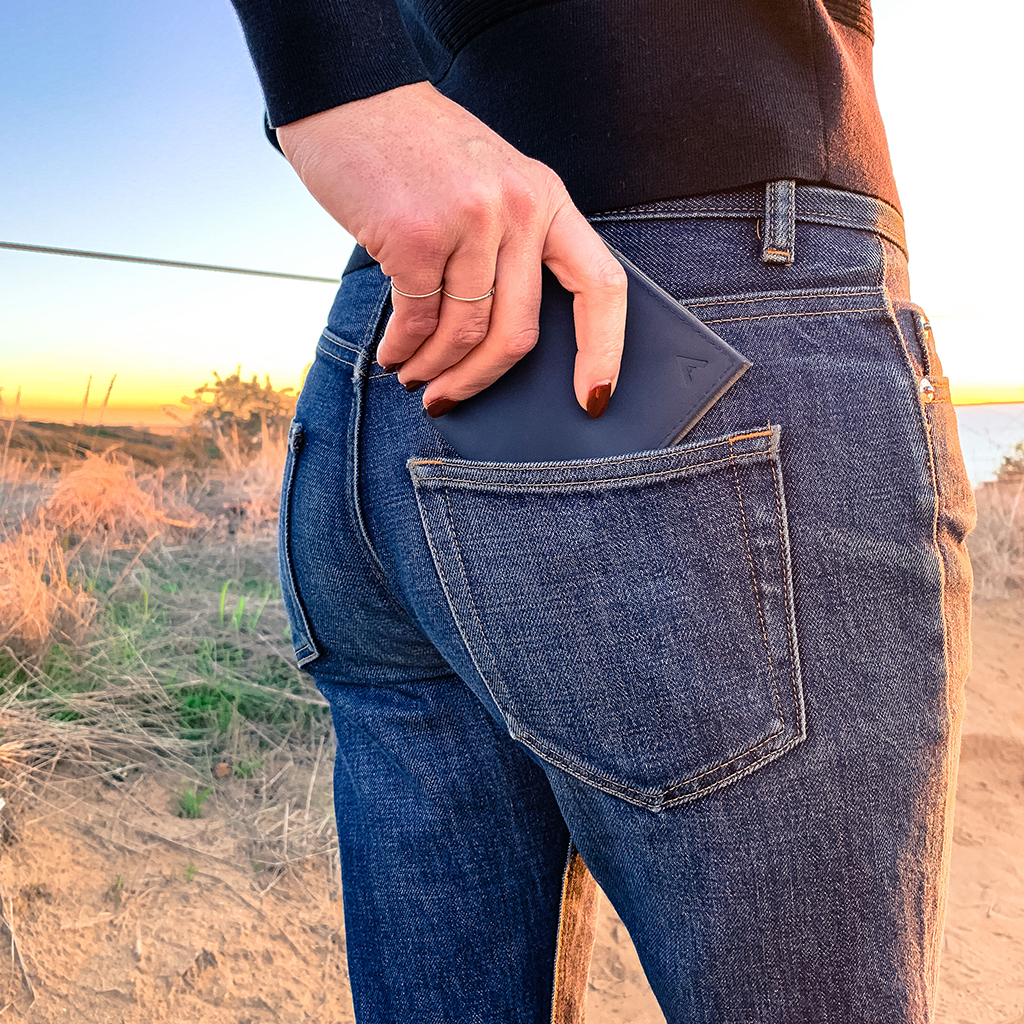
The History of Wallets, Names, Origins, Cultures and Modern Wallets

Wallets are a staple accessory that plays a major part in our everyday lives and needs no introduction. We all know that a wallet is a small leather or fabric case that you slide in your pocket to carry your cash, cards, and other important ID documents.
Used in our everyday lives, you can be certain that it’s one of your top accessories you won’t leave the house without! From carrying your daily essentials through to making a fashion or lifestyle statement, a wallet gets us through our days and tells the world how we roll.
Are you the type of person who spends their downtime enjoying the thrill of extreme sports who needs all-weather wallet protection, or maybe you prefer a minimalist buttery soft leather wallet as a real style statement?
Whatever style you choose it’s interesting to learn the wallet has a considerably long history and evolution period which has produced the modern styles we all use today.
Wallets are Not a New Invention
Some may think that the emergence of wallets has been fairly recent and its origins are firmly in the 20th century. However, it’s surprising to realize that wallets are most certainly as old as mankind itself and were required as soon as we needed to transport important items.
So in this article, we’re going to delve into the history of the wallet and it’s original beginnings before it became one of the most useful accessories almost every person owns.
Let’s start by looking at the humble origins of the everyday wallet and where it all started...
What are the Origins of a Wallet?
The shape of the wallet that we’re all now familiar with, most likely originated around the time we began to use paper money. The bifold style which was the first modern money holder was designed for the purpose of folding paper money in half for easy storage.
However, wallets to carry currency has its origins set before the start of paper notes. Although it wasn’t in the traditional wallet shape we are familiar with, wallets were still being used throughout history.
Even before the beginning of paper money, people often needed ways to carry everything from food to coins. Before the modern wallet and modern currency came into existence, coin purses and small containers to carry valuables were the most commonly carried articles of luggage.
Let’s take a look below at where the word ‘Wallet’ originates and why we use the same word to describe a flat purse that is used to carry money, cards, and important IDs right up until the present day.
How Did the Wallet get its Name?
The word ‘wallet’ is such a commonplace word, we generally don’t think about where the word came from originally and why we use that particular word to describe where we keep our cash, debit and credit cards, identity cards such as drivers license and an array of other useful items.
It’s interesting to understand how the wallet got its name. The origin of the word Wallet can be traced back from the ancient Greek word Kibisis which was the word used to describe the sack carried by the God Hermes. Kibisis has historically been translated as Wallet.
We know that the modern usage of the word wallet for the flat purses that we use today, came around 1834, primarily used by Americans.
A great excerpt that perfectly describes the Wallet was written by A. Y. Campbell in his 1931 book about the Archaic period “The Boy, the Grapes, and the Foxes”. He wrote, “the wallet was the poor man’s portable larder; …… that you stocked with provisions.”
Ancient Wallets

A very rare and interesting ancient find which perfectly describes early wallets was the example of one of the oldest examples of a wallet found In the world belonging to Otzi the Iceman. Experts believe this example of ancient human existence being from around 3,300BC.
These ancient human remains were found with a coin purse attached to his hip. Back in ancient times, hunting and foraging for food were essential and a daily practice for our ancestors. It was, of course, important to be able to hunt hands-free! That is why this kind of wallet predecessor was so important for early man.
So now we understand that wallets have been part of our daily lives for a considerable time, although perhaps not in the modern shapes we now use, let’s take a look below at what early wallet shapes were and how they looked.
Wallets used by the Greeks and Romans

Now that we’ve seen a fascinating insight into how early man has the need to carry his daily important items, let’s see how ancient man’s ancestors, the Greeks, and Romans used and wore original wallets.
Moving on a few thousand years, Roman and Greek citizens often carried coin purses that were attached to their hip or sometimes cleverly hidden in their togas.
Although some of the wallets have eroded away, archaeologists have found evidence in all kinds of Greek and Roman locations. Surprisingly, even after the devastation of Pompeii, experts have discovered various types of coin wallets. Thus shows just how important the early kinds of wallets were to these ancient civilizations.
The Greeks and Romans would carry everything from reminder notes to the more common small coins used for currency. Even in Greek mythology, gods such as Hermes carried messages in coin purses and satchels.
So you may be wondering what these early wallets looked like? Let’s take a look below.
What Did an Early Wallet Look Like?
Worn by the ancient Greeks, the early wallet was shaped like a small pouch or knapsack made from lambskin, cow or horse leather or other kinds of durable fabric. This was worn by tying it around the neck with a drawstring. They were usually attached to a belt and were used to carry around the essential items like food and other provisions.
Classical scholars have found mention of wallets in daily Ancient Greek life which would have looked more like a knapsack than a traditional bifold to a modern audience.
In fact, the word wallet would not mean the small, usually flat money holder we understand and use daily in modern times, until much later on in history. At this point in time, wallets were large enough to carry sufficient provisions to survive the day or week.
So how did these early methods of carrying essentials become the original wallet that we are more familiar with today? Let’s read on.
Wallets in the 1300s
The original wallet as we know it started its life in the 1300s and is generally described as a bag to carry valuables.
It was around this time that wallets became smaller and more the size that we recognize. During the 1300’s it was no longer necessary to use wallets to carry around food and other provisions, but instead they held coins and calling cards.
A calling card was a small card used for social purposes. Visitors would leave small handwritten notes at the homes of their friends who weren’t at home.
In the same way as their Greek and Roman ancestors, these wallets were worn at the hip
Renaissance wallets
Wallets began to take a more familiar shape in the mid 17th century, mainly owing to the introduction of paper currency. The flat paper currency was first introduced in the Massachusetts Bay Colony in 1690. Up until this time, the coin currency that was commonly used at the time was transported in small knapsacks which could be more simply described as a purse.
The invention of paper currency reduced the need for currency to be carried around waists and so the smaller more durable square or rectangular shaped wallets we are now more familiar with, began to be more readily available.
During the Renaissance time period, wallets ranged from the very simple to the incredibly ornate, with unique stitching and crests were often displayed.
At this time, wallets were still attached to the hip and carried everything from old notes to bits of food. Unfortunately having your purse cut by thieves was a major concern during this period because the wallets would often be exposed and their valuables are easily stolen.
The Advent of Paper currency
 Paper currency didn’t make it to the New World until 1690, when wallets changed their design once more, as explorers like Marco Polo returned from the East, bringing with them the concept of paper currency.
Paper currency didn’t make it to the New World until 1690, when wallets changed their design once more, as explorers like Marco Polo returned from the East, bringing with them the concept of paper currency.
During this time and as paper currency became the norm, flatter wallet designs became more popular and was how the stylish and fashionable people of the time carried their notes.
By the mid-1800s, the flat case wallet was more commonly used by middle-class men who competed with each other by displaying their wallets stuffed full of cash. These thick wallets were kept on belts as back in the 1800’s pockets were seen as a feminine accessory.
Wallets in the 19th Century.
The early 19th Century saw the Industrial Revolution pave the way for a larger number of Americans using wallets. Wallets were used to carry currencies, but also other objects used daily, such as smoking paraphernalia.
In Spain, a wallet was also widely used to carry smoking paraphernalia. A pocket-sized package made from highly durable fabric, usually a horse or cow leather was becoming a more and more convenient accessory to carry valuables in.
Modern wallets

A hundred years later, the standard wallets we know arrived. The modern leather bi-fold wallet was created in the mid-1900s and become more popular with the introduction of charge cards.
Before modern credit cards as we know them were available, it used to be that a different card was required for each purpose. For example, diners had cards for eating, air travel cards were used for flying, etc, so modern wallets needed to be larger and have room for more than simply cash and a few cards. Numerous slots were required for the array of different charge cards each person may own.
With the introduction of Credit Cards in the 1950s, the design of the wallet started to alter to keep up with the times. The money compartments within the wallet began to slim down to accommodate the currency bills of the time and also more room for slots where Credit cards could be inserted for convenience were added.
The modern bi-fold/tri-fold wallets became exceedingly popular towards the second half of the twentieth century. While the men’s wallets needed to be sturdier and durable, designed to accommodate cash, cards and documents efficiently, women’s wallets were more elegant and fashionable and often matched their clothing as an accessory.
As modern times progressed, wallets became an indispensable accessory for every individual and were available for every need. Ranging from the conventional bi or trifold wallets, front pocket wallets, right through to travel wallets that accommodate passports and boarding passes.
Moving into the 2000s and beyond as the trend for more pared-down wallet requirements became more fashionable with the onset of credit and debit cards, traditional bulky bi-folds have become less popular.
Super slim wallets made from new synthetic, weatherproof fabrics, alongside beautiful soft leather in an array of colors are the wallets of preference for today’s modern man. The new Minimalist Wallet is the latest trend, shed bulk but still maintaining deliverability on all it’s functions.
And finally…
We hope you have enjoyed looking into the origins of wallets and how our ancient ice age ancestors paved the way for the modern wallets we use today.
Here at Allett, we’re experts in creating the most stylish and slimline wallets which are perfect for how you live your life today! Right from buttery soft vegetable ranged leather with RIFD protection, through to weatherproof nylon, our expert craftsman have designed a wallet perfect for you.
Click here to learn more about wallets on our blog or click here to shop our Wallet collections!





Leave a comment
This site is protected by hCaptcha and the hCaptcha Privacy Policy and Terms of Service apply.